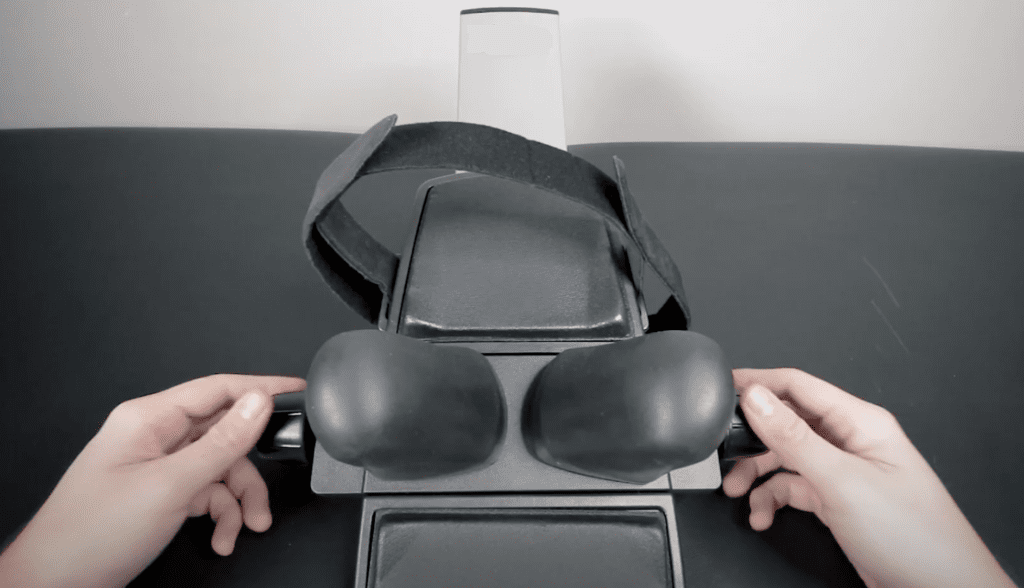The primary application of the Saunders Cervical Traction Device is non-invasive cervical spine traction. It attempts to relieve neck pain and discomfort brought on by a number of ailments, such as pinched nerves, herniated discs, and spasms in the muscles. This device assists in decompressing the spinal discs and relieving pressure on the nerves by gently stretching the neck and separating the vertebra.
Design Features:
- Adjustable Parameters: Most devices have parameters that can be adjusted, enabling medical professionals to customize the traction force to the patient’s individual requirements.
- Comfortable Design: Saunders Cervical Traction Devices often include cozy headrests and chin straps to ensure the patient’s comfort during the traction procedure.
- Portability: Patients can use certain models at home with the supervision of a healthcare provider because they are made to be portable.
How it works:
The cervical spine is gradually and carefully stretched by the device. This stretch aids in reducing pressure on spinal discs and nerves by widening the space between the vertebrae. The purpose of therapy is to enhance neck function overall, reduce pain, and encourage healing.
Smiths Medical Acapella:
Now let us discuss the Smiths Medical Acapella, a distinct type of medical device with a different purpose:
Purpose and Functionality:
The Smiths Medical Acapella is an airway clearance device designed to assist individuals with respiratory conditions such as cystic fibrosis and chronic obstructive pulmonary disease (COPD). By making it easier to clear mucus from the airways, it enhances lung function and reduces the risk of respiratory infections.
Design Features:
- Adjustable Resistance: The Acapella device’s resistance levels can typically be changed, allowing medical professionals to customize the treatment to meet the specific needs of each patient.
- Portability: The Acapella and the Saunders Cervical Traction Device are designed to be easily carried around, enabling patients to incorporate them into their daily home respiratory care routine.
How it works:
The acapella uses oscillating positive expiratory pressure (OPEP). The device vibrates the airways when the patient exhales through it, which helps to loosen and mobilize mucus. Then, by coughing or huffing, this mucus can be expelled from the lungs more readily.
Conclusion:
In summary, the Smiths Medical Acapella and the Saunders Cervical Traction Device are both examples of medical innovations that serve different areas of healthcare. In the respiratory domain, the latter takes center stage, helping people clear mucus and improving lung function, while the former concentrates on treating neck pain and spinal conditions through cervical spine traction.
These devices’ portability, ergonomic layout, and flexibility signal a larger trend in contemporary healthcare: a move toward patient-centered, at-home treatment. The Saunders Cervical Traction Device and the Smiths Medical Acapella both demonstrate an all-encompassing approach to healthcare that transcends the boundaries of conventional clinical settings by enabling patients to actively participate in their treatment regimens. A new era of patient empowerment and wellbeing is being ushered in by these tools, which pave the way for more customized and effective therapeutic interventions as technology advances.
